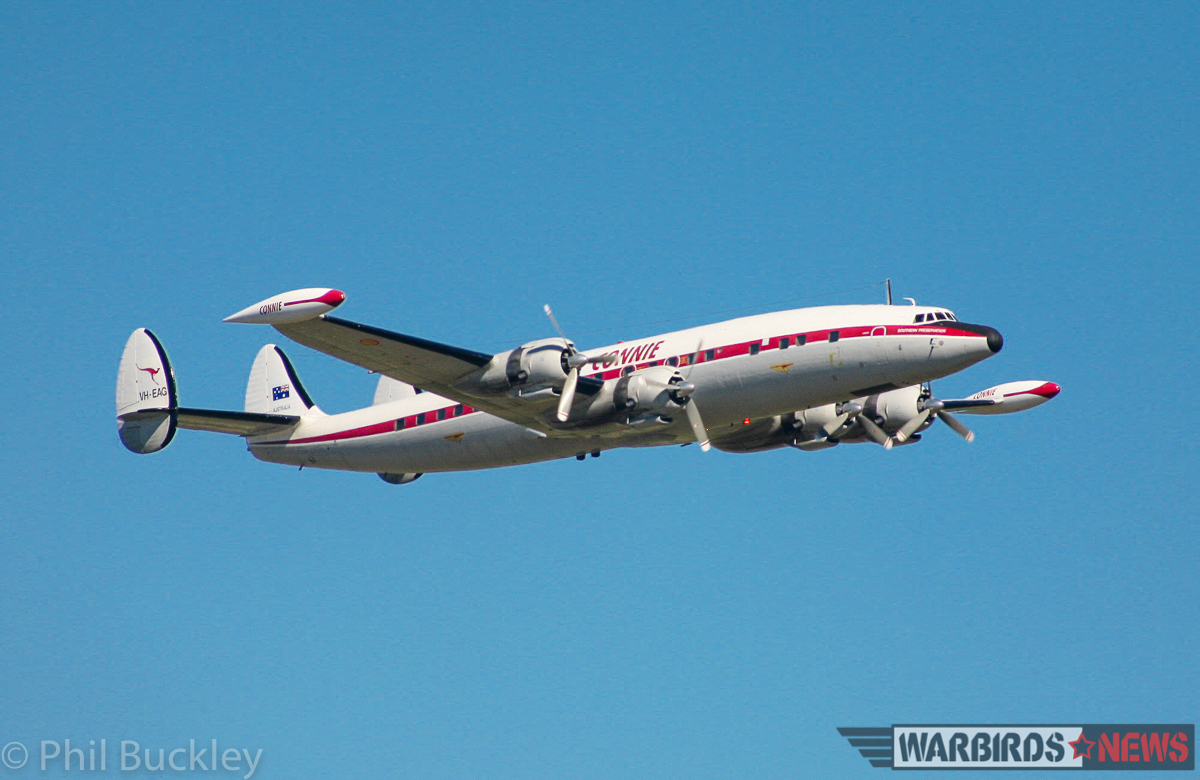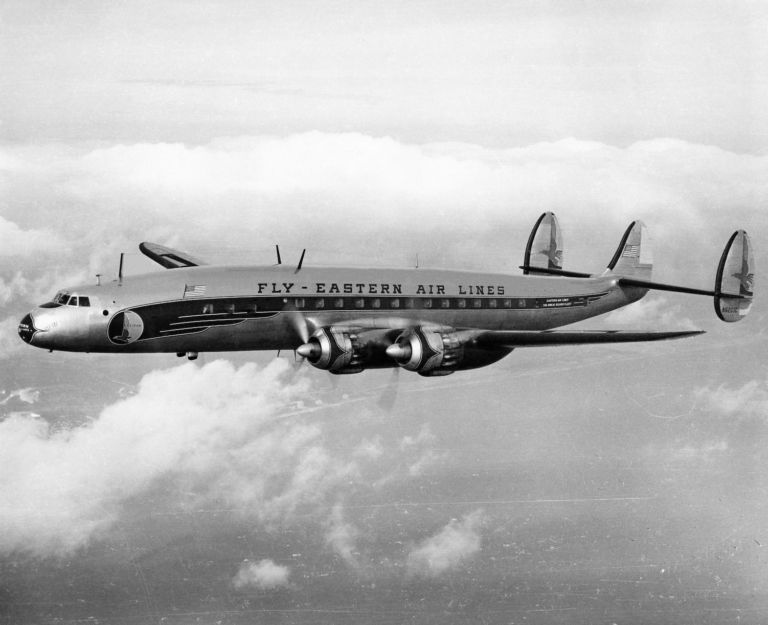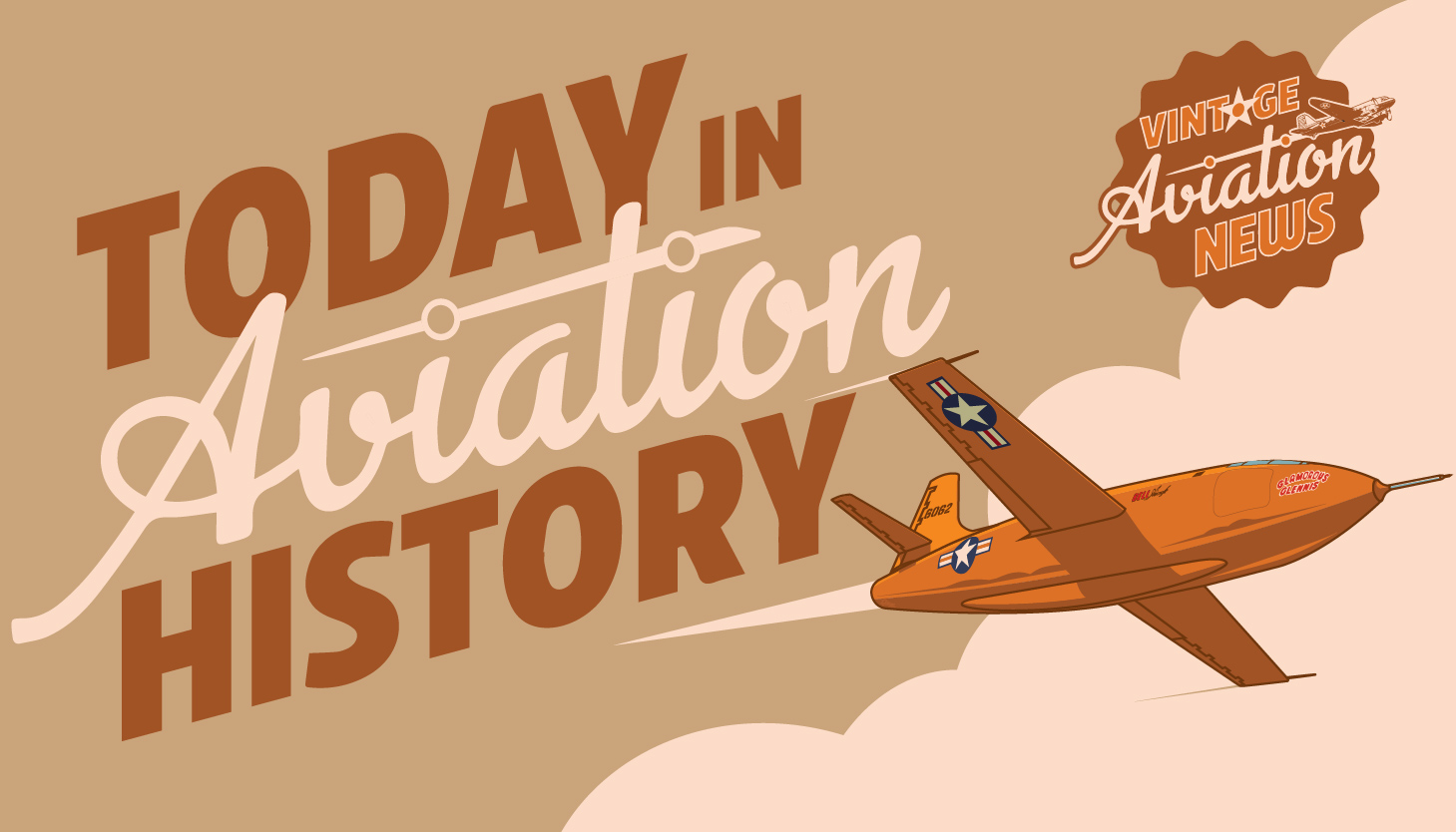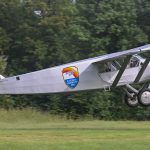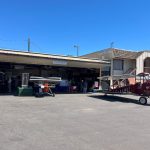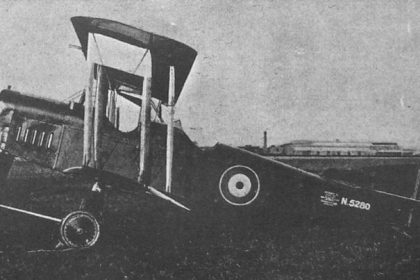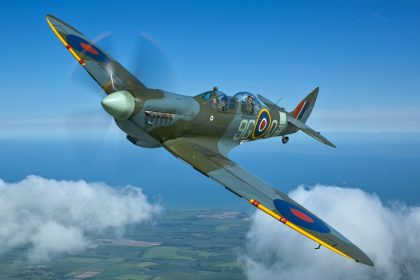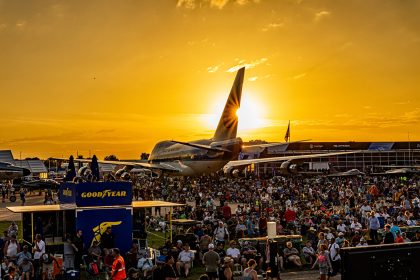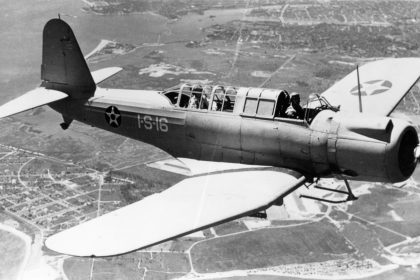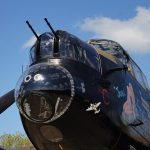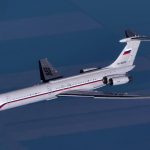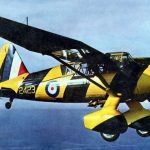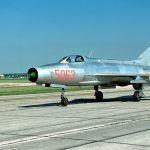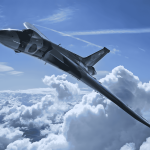On this day in aviation history, 75 years ago (October 13, 1950), the Lockheed L-1049 Super Constellation took to the skies for the first time. The maiden flight of this elegant airliner took place at Lockheed Air Terminal in Burbank, California. Developed in response to Douglas Aircraft’s DC-6—which had also first flown earlier that same year—the Super Constellation represented a major evolution of Lockheed’s original L-049 Constellation design. The L-1049 introduced substantial upgrades in speed, range, and payload capacity, ensuring Lockheed’s competitiveness in the fast-growing postwar commercial aviation market. Lockheed began work on the Super Constellation by re-acquiring an XC-69 prototype that was, at the time, owned by Hughes Tool Company. The airframe was extensively modified, first receiving four Pratt & Whitney R-2800 radial engines and later upgraded to four Wright R-3350 956-C18CA-1 engines. These R-3350s featured jet exhaust stacks that provided a slight increase in thrust and improved overall performance.
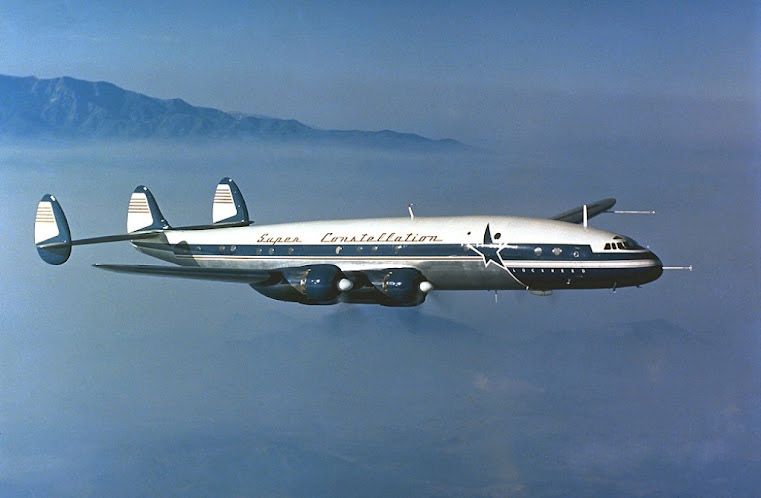
The Super Constellation’s fuselage was stretched by 18 feet, giving it a more spacious cabin and greater payload capability. The aircraft also received larger vertical stabilizers and reinforced landing gear. These refinements not only enhanced performance but also contributed to the distinctive triple-tail silhouette that made the Connie one of the most recognizable airliners of its era. The L-1049 was powered by four 3,250-horsepower Wright R-3350 engines, giving it a maximum speed of 330 miles per hour and a cruising speed of around 304 mph. With a range of 4,480 nautical miles and a service ceiling of 25,700 feet, the Super Constellation could comfortably connect major transcontinental and transoceanic routes. It carried a crew of five—pilot, copilot, navigator, flight engineer, and radio operator—and accommodated between 47 and 106 passengers depending on configuration.
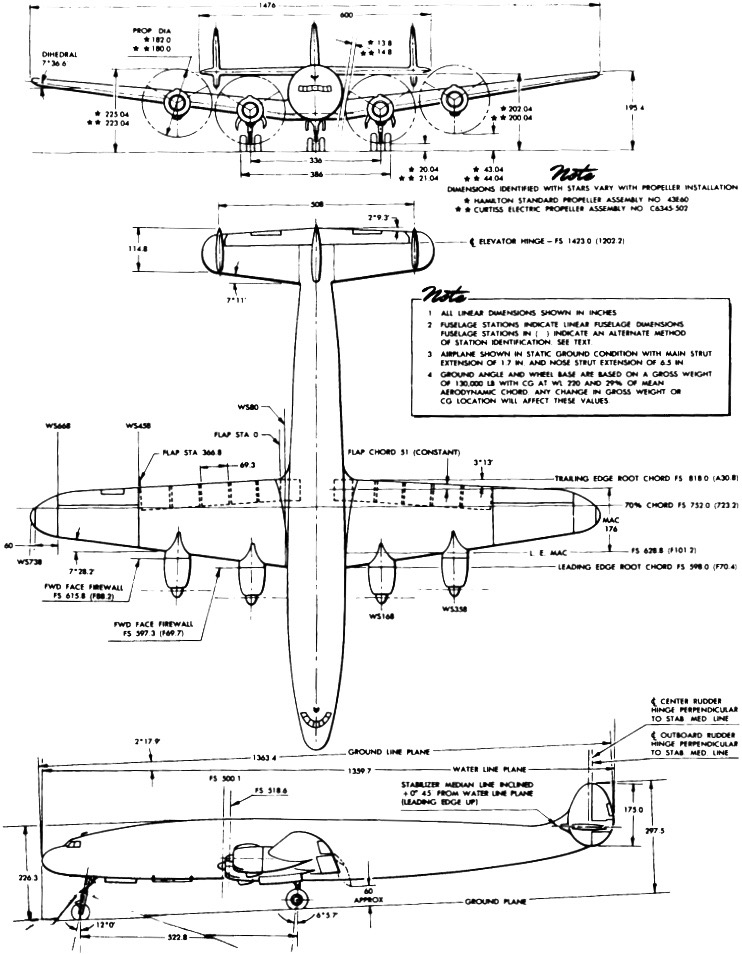
The type quickly entered service with leading airlines, including TWA and Eastern Air Lines, becoming a symbol of luxury air travel in the 1950s. The U.S. military also adopted the design, operating variants such as the C-121 and the EC-121 Warning Star, an early airborne radar surveillance and command platform. Between 1951 and 1958, Lockheed produced 259 commercial and 320 military Super Constellations. Today, only one example remains airworthy: L-1049F c/n 4176, registered VH-EAG, operated by the Historic Aircraft Restoration Society (HARS) in Albion Park Rail, New South Wales, Australia. This beautifully restored aircraft—known affectionately as “Connie”—continues to keep the legacy of Lockheed’s iconic airliner alive.
